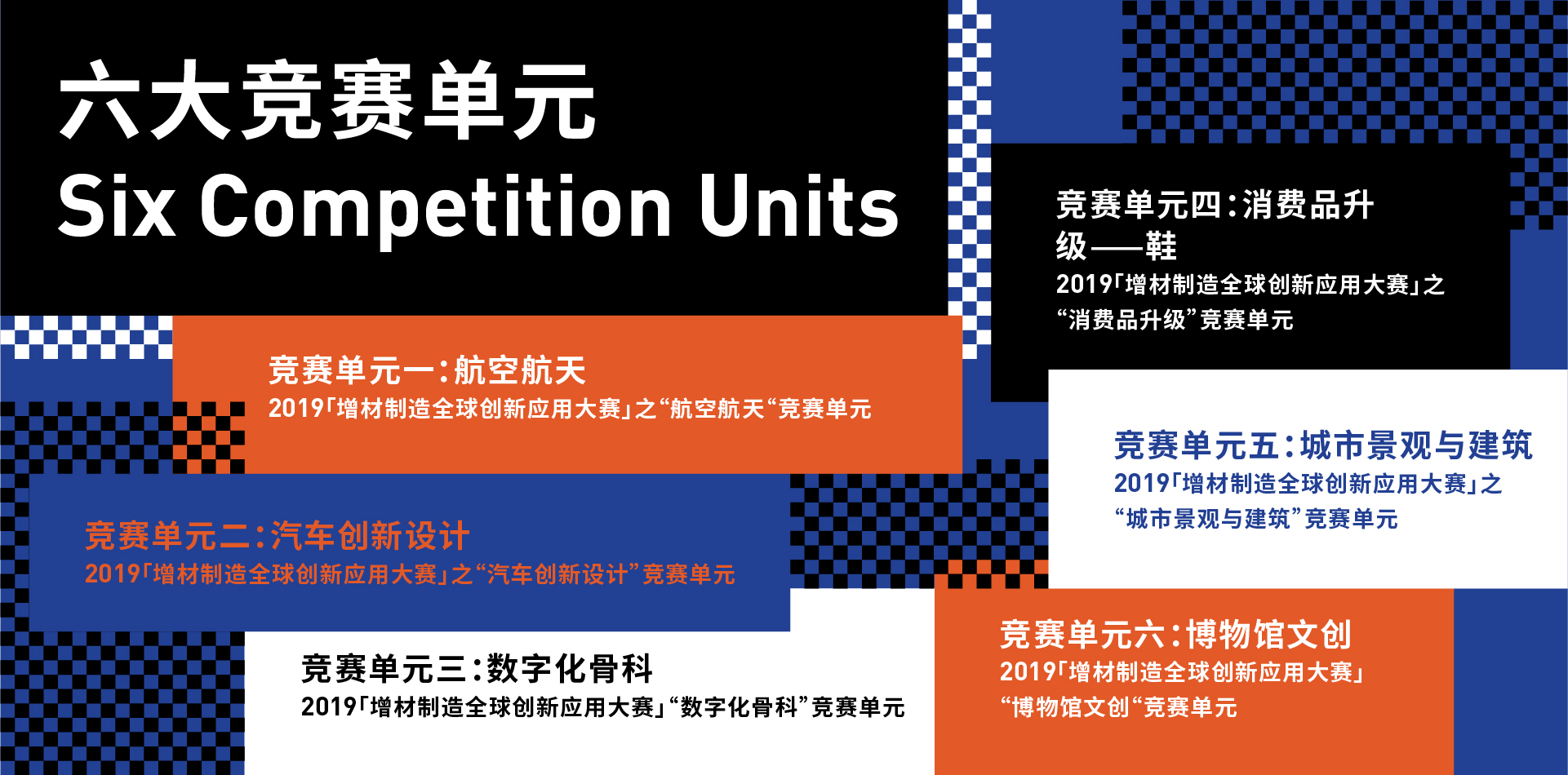

(1) The competition proposition is released by
Fujian Museum
(2) Introduction
China’s museum industry keeps advancing and digital patents are under development. In view of this, the Museum Cultural and Creative Industry Competition of the “2019 Global Additive Manufacturing Application Innovation Competition” aims to use 3D printing technology, which is becoming increas-ingly mature in exploring and promoting innovations in peripheral cultural and creative projects in museums. Firstly, we hope to apply 3D printing technology in replication and repairing of cultural rel-ics, as well as in large-scale movable exhibitions amongst other aspects. By doing so we could demonstrate and exhibit more of museums' precious historical and cultural themes to the public, es-pecially large-scale immovable cultural relics. Secondly, with increasing demand for quality, person-alization and better design of cultural and creative IP products, we hope to adopt the 3D printing technology in creative design so as to produce well-designed, personalized, artistic cultural and crea-tive products. Finally, we also hope to further enhance the digital capabilities of the museum.
(3) Scope of the entry collection - The design of entries should be based on following cultural relics of Fujian Museum
A. The subjects
1) Dehua white porcelain
Dehua Kiln: Lord Wenchang’s sitting statue of the Ming Dynasty (1368-1644 A.D.)


Dehua Kiln: Three-legged Furnace with Plum Blossom feature from the Ming Dynasty (1368-1644 A.D.). This was exhibited in “Sailing Afar on the Maritime Silk Road” exhibition, which has won the Awards of Excellence in the 11th Top Ten National Museum Exhibitions(2013).

2、To my wife by Lin Juemin

3、One of the pottery figurines from the Tomb of Liu Hua—Pottery Mythical Creature with Two Horns (930 A.D.)


B. Task:
Participating teams/individuals of this competition can chooe any one of the subjects and extract cultural elements from it for design and also demonstrate characteristics of modern times. They should also provide comprehensive digital solutions with 3D printing technology integrated in the processes from design to personalized production.
The presentation of the final solution/product can be:
1. Replica of cultural relics: how to accomplish replicated cultural relics in 100% accuracy using optmized 3D printing technology whilst achieving a comprehensive solution;
2. Generate a holistic exhibition plan and display solution based on the cultural relics. This solution should factor in movability, modular design and an excellent exhibition display amongst others;
3. Design and development of IP peripheral products: using 3D printing technology to realize one-shot shaping, small-volume production, and customization. This technology should help add diversity and complexity to the design. It should also be more cost-efficient and not restricted by requirements of traditional manufacturing techniques.
4. Other information: 3D printed drawings or other solutions integrating 3D printing technology and design.
(4) Submission requirements for the entries
A. Materials to be submitted for initial evaluation
B. Materials to be submitted for the second-round evaluation:
3D printed objects (it could be the whole object or part of it, i.e. an equal section in proportion to the objects, a large segment of it or its component modules)
(5) Competition dates
Registration for the competition starts on: June 10th, 2019
Deadline for submitting entries: September 30th, 2019
Evaluation period: October,2019
(6) Qualified contestants
Teachers and students of colleges and universities from home and abroad, scientific research institutions, design studios, individual designers, 3D printing related companies, etc.
We encourage and hope participating teams are formed by members of different professions. The organizing committee can also assist participating teams/persons to find members of appropriate professions or provide 3D printing relevant technical support (if needed).
(7) Competition evaluation process
A. Preliminary evaluation
Predominantly evaluating the solution. According to the evaluation criteria of each competition, judges will make evaluations online and select outstanding entries for the second-round (final) evaluation. Based on design, the preliminary evaluation will focus on: (1) cultural features and connotation, (2) orginality and distinctiveness, (3) digital creativity, (4) artistry & design; (5) whether it could be produced by 3D printing.
B. Second-round (final) evaluation
Predominantly evaluating the 3D printed objects (it could be the whole object or part of it, i.e. an equal section in proportion to the objects, a large segment of it or its component modules). After entries for the second-round evaluation are selected in the initial evaluation, selected contestant teams of each of the competition units need to make a 10-minute presentation using the 3D printed products. Based on the evaluation standards for the second round, the evaluation panel, consisting of scientific research experts, industrial representatives and investment experts, would discuss and carry out appraisals, and then decide the first, second and third prize winners according to the following aspects: the 3D printed objects, test reports of professional assessment agencies (if any), and contestants’ performance in the Q&A session. The second-round (final) evaluation will focus on: (1) manufacturing technique, (2) printed objects, (3) durability, (4) refinement, (5) cost, etc.
(8) Competition rewards process
(9) Ways to apply for the competition
1. Please visit the official website: http://2019.weichuang3d.com/gamia2019, click “Register” to begin the online registration process and submit the required materials;
2. You can also directly contact our consultants and send the registration information and materials of the entries by email to the designated contact person of the organizing committee.
Contact person:
Genie Lin: (E) songyigenie@outlook.com; (M) +86 18310791019
Fiona Tao: (E) 1051144702@qq.com; (M) +86 13611145649